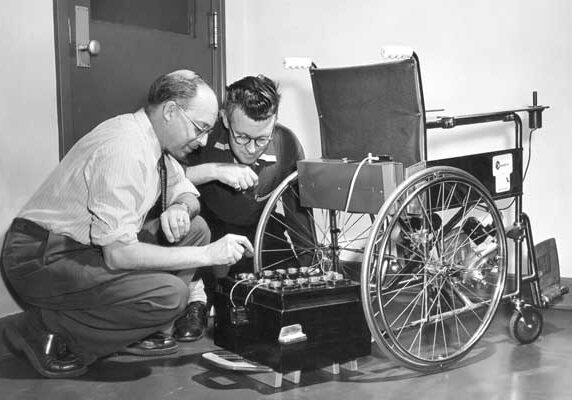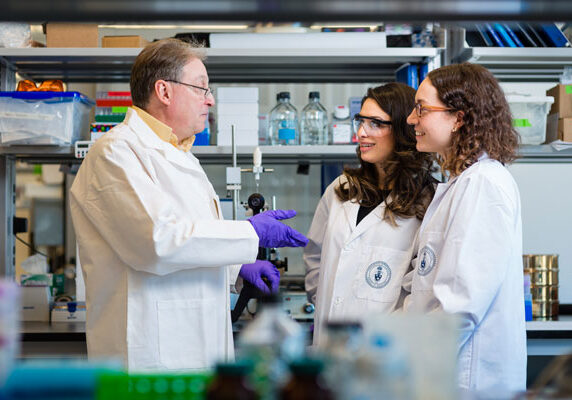
U of T inventor-entrepreneur to be honoured with Governor General’s Innovation Award
Professor Paul Santerre honoured among outstanding Canadians who contribute to the country’s success and inspire the next generation
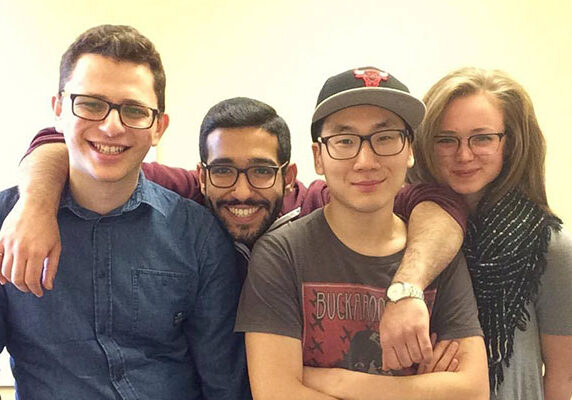
MusiKinesia device could ease therapy for patients with Parkinson’s
U of T invention offers auditory cues to assist with practicing upper body movements
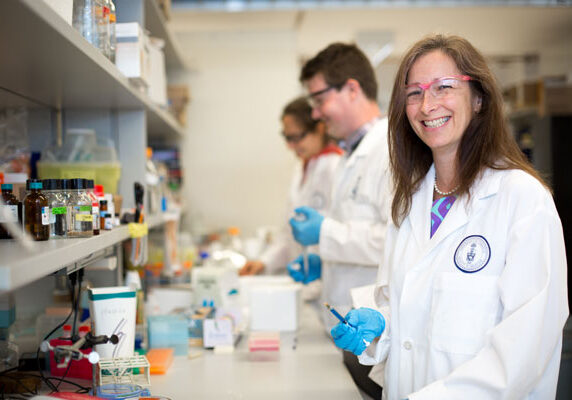
Molly Shoichet receives Killam Prize in Engineering
Award presented to Canadians who risk, innovate and lead the next generation of brilliant minds to a stronger future
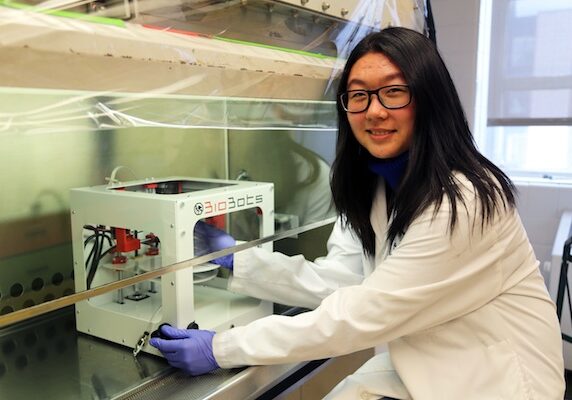
High school student wins Sanofi Biogenius Canada competition for 3D tumour research at U of T Engineering
Jody Mou designed a system to rapidly manufacture 3D tumour models used in cancer research

Coffee shops, 24-hour ATMs the best locations for life-saving AEDs, research shows
U of T Engineering team creates list of top 10 businesses where placing automatic external defibrillators would save lives

Double-fortified salt to improve nutrition for 24 million in Uttar Pradesh
U of T Engineering invention provides a simple, effective way to help people whose diets are lacking in iron
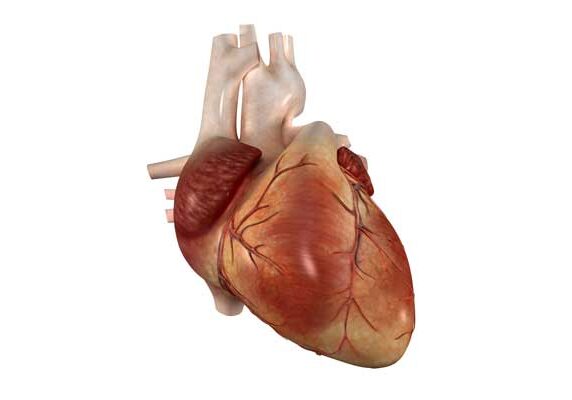
TBEP and MbD: Engineered smart scaffolds could help repair damaged hearts and muscles
Two multidisciplinary partnerships led by U of T Engineering researchers are developing implantable biomaterials that accelerate injury recovery, from car accidents to heart attacks.
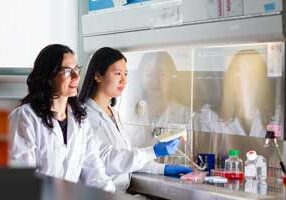
New frontiers in health-care innovation
This article originally appeared in the 2016 issue of Skulematters magazine. Interdisciplinary research from U of T Engineering is helping us live longer, healthier lives. These projects from across our Faculty illustrate leading-edge innovations that will improve health care, from planning and prevention to diagnosis and treatment: Optimizing surgical schedules Long wait lists for elective surgeries […]

